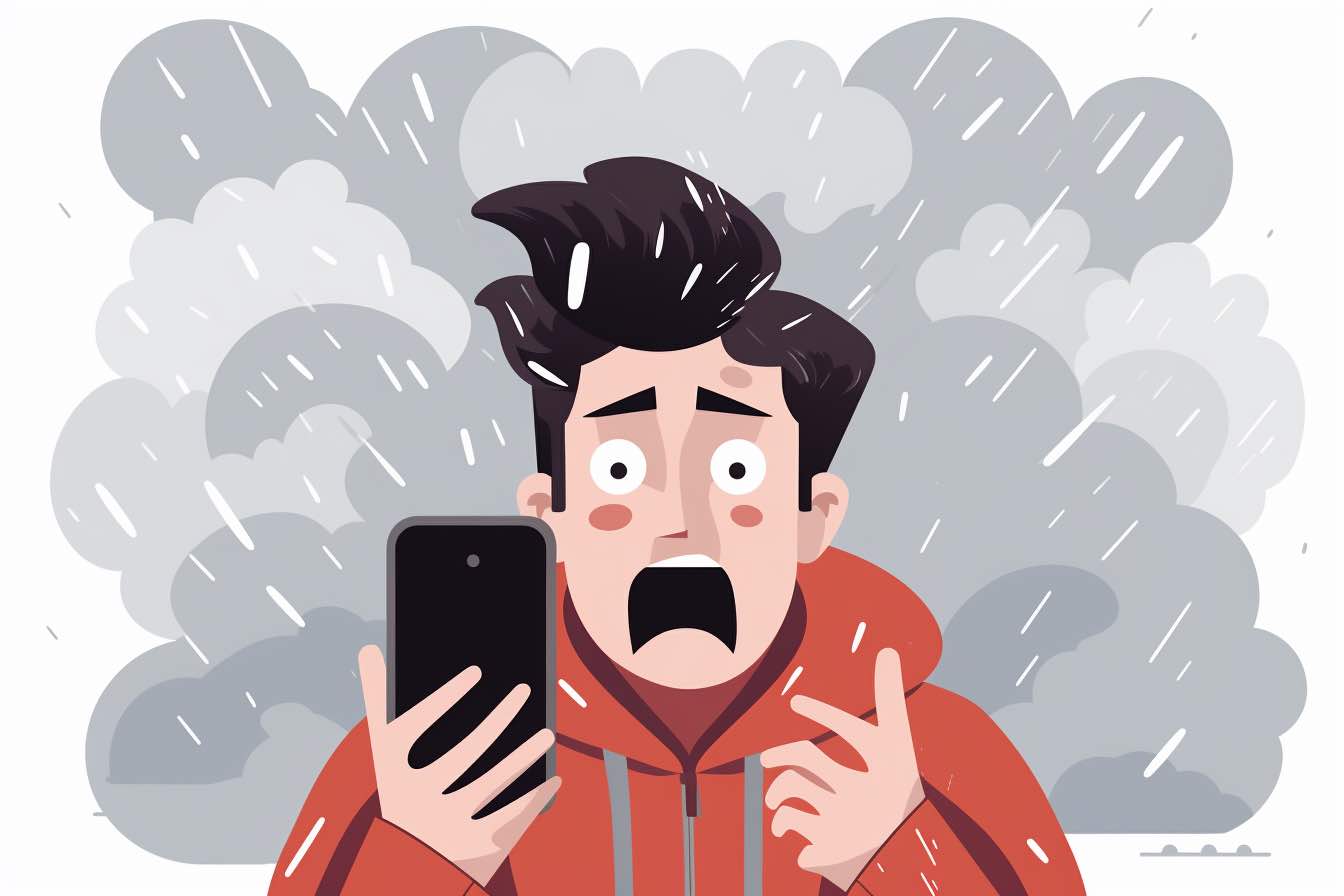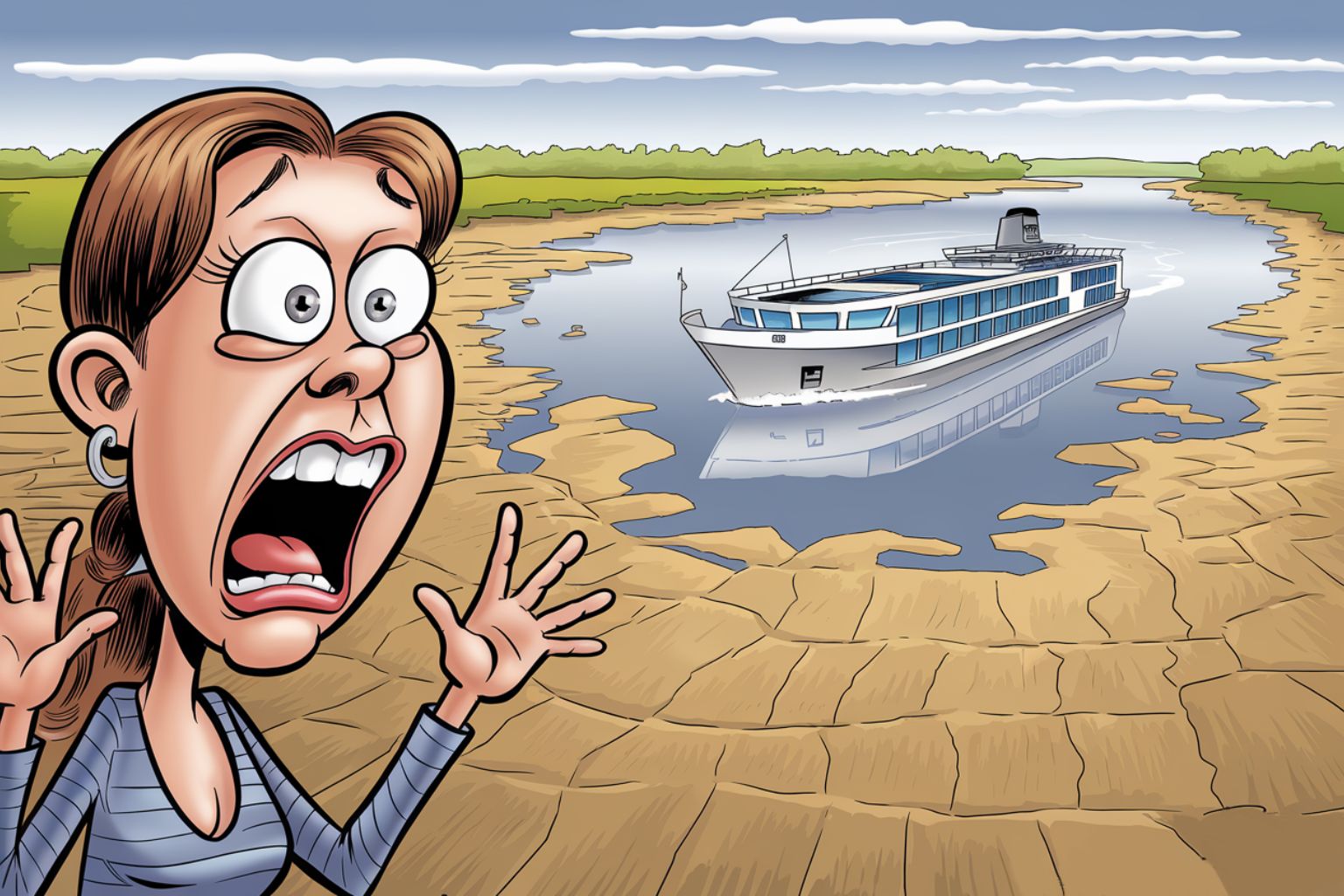Last month, the National Weather Service issued an El Nino advisory, predicting the unusual warming of surface waters in the eastern Pacific Ocean. But you don’t have to be a meteorologist to know it’s going to wreak havoc on travel.
“Prepare for the worst,” warns aviation expert David Doughty. “You might encounter ice storms, blizzards and other treacherous weather conditions.”
What will El Nino do?
Traveling during winter is hard enough, with snowstorms, rain and flooding always a possibility. But El Nino has the potential to turn it up a notch. El Nino disrupts regular weather patterns and can trigger intense storms.
What does that mean for domestic travelers?
- Most of the action will happen in the Southeast, which will be wet and stormy, according to Ray Schmitt, president of the weather analytics company Salient Predictions. “The East Coast, in general, should be rather wet, but not too snowy,” he predicts.
- The Pacific Northwest could have active, El Nino-fueled storms later this year, says Paul Pastelok, the lead long-range forecaster and senior meteorologist at AccuWeather. For late November and December, he sees more storms and precipitation across California extending into the central Rockies.
- It’ll be more “hit or miss” weather heading into 2024, says Pastelok. “El Nino will be strong and can be a dominant factor in the forecast,” he says.
Translation: Remember the winter storms in January that prompted the cancellation of thousands of flights? You might see a few more of those early next year. They’ll be bigger than last year’s storms and bring more rain and snow.
And that could affect your next vacation in a big way.
How travelers are responding to El Nino
Travelers like Nikita Sherbina are ready.
“I’ve taken precautions for my winter travel plans,” says Sherbina, who runs a business software company in Seattle. “I’ve also booked refundable or flexible tickets for my trip, and I’m keeping a close eye on weather forecasts to adjust travel dates if necessary.”
Is Sherbina overreacting? No. Crazy weather could sink your winter vacation, and meteorologists expect the erratic conditions to continue through early spring. But there’s a way to weatherproof your next trip, and the time to do it is now. I am, but my solution is a little bit contrarian. I’ll tell you more in a moment.
So what happens when the weather disrupts your trip? An internal survey of 1,400 TripIt’s users found that 15 percent of its users were affected by extreme weather this summer, but it projects that number will rise as El Nino weather patterns form.
“Unpredictable weather could mean trouble for travelers this winter,” says Jen Moyse, vice president of product at TripIt.
Of those surveyed by the travel planning app, 41 percent of travelers stuck to their plans and only 1 percent of respondents canceled their trip. If that pattern holds, it means more of us will be stuck in traffic, waiting at the airport, or trapped somewhere in a snowstorm, unable to get home. But what parts of the country will get the worst of it?
Is this the “new normal” for travelers?
Jeff Rolander, vice president of claims at Faye Travel Insurance, says the extreme weather is part of a broader trend, which some experts have attributed to climate change.
“The baseline of normal has changed significantly,” he told me. “A decade ago, there’d be a couple of large hurricanes per season. Now, storms are on the horizon quite frequently, and it’s a matter of severity, not if it will hit.”
Bottom line: It’s already been a busy few years for extreme weather, as far as travel is concerned. And it’s about to get busier. These strategies could help you this year, next year — and beyond.
Flexibility and awareness are important
El Nino could ruin any trip in late 2023 and early 2024, including yours, experts say.
“You should be mindful of this when you’re booking a flight to somewhere in the Northern Hemisphere that is prone to adverse weather conditions,” says Doughty, who is the CEO of an aircraft charter company.
Airlines use what’s called a hub-and-spoke system, which means if you’re flying somewhere, you might be making a connection in Atlanta, Chicago, or Dallas. So even if you’re headed somewhere that isn’t prone to extreme weather, you might be making a stopover there and subject to El Nino weather patterns.
If you’re driving, you’ll want to make sure your vehicle is ready for winter weather long before the first winter storm hits. Winter tires, a first aid kit, and maybe brushing up on your winter driving skills are a must.
For Sherbina, flexibility is the key to handling Mother Nature’s wrath. He’s implemented a remote work plan for his employees to ensure that harsh weather doesn’t disrupt his business. So if the weather outside is frightful, his employees stay home. It’s a philosophy he applies to his travels, too. So if he can’t fly, he switches to driving — or vice versa.
“My advice would be to always have a backup strategy in place to tackle any potential disruptions due to El Nino-induced weather,” he says.
Let’s talk about travel insurance
Yes, travel insurance can cover an extreme weather event like an El Nino-powered blizzard. But the time to think about it is now.
“Once an event impacting a destination is named, like a severe winter storm, it’s too late to purchase travel insurance and have your prepaid expenses protected,” explains Daniel Durazo, director of external communications at Allianz Partners USA.
Don’t forget to read the policy. Some insurance coverage is general, covering weather disruptions. But other policies can get quite detailed, and you need to know what’s covered before a big storm slams into your airport.
For example, a policy like Berkshire Hathaway Travel Protection’s (BHTP) AirCare, which specializes in covering flights, will kick in when there’s a snowstorm causing a flight cancellation or a delay caused by de-icing plane wings.
In addition to its air travel coverage, BHTP also has a policy called ExactCare Extra, which includes coverage for snowy mishaps like rental car collisions on icy roads or snowstorm-related delays and cancellations. Other travel insurance policies have similar coverage.
“Insurance is a small investment that can save you a lot of stress and money,” says Ajay Kumar Shrestha, a trekking guide in the Himalayas. “But you have to make sure it covers weather.”
How to avoid El Nino weather disruptions
There’s only one way to avoid extreme winter weather and still travel — and that is to select your destination carefully to steer clear of the worst of it. Head south to avoid severe blizzards. Or travel to Asia or Europe to escape the worst effects of this climate pattern.
That’s how I’m planning to sidestep El Nino this year. My next writing assignment is taking me to South America for the southern hemisphere summer in December, January and February. I’ll be in Chile next month, which experts say will be a little warmer than usual because of El Nino. But, thank goodness, no snowstorms. (Related: Do people who leave their brains at home deserve to be ripped off?)
Elliott’s El Nino travel tips
Here’s how to avoid the worst of the winter weather.
Find a travel advisor who can handle a crisis
Hire a competent travel advisor and make sure they know how to handle a crisis. Agents who specialize in adventure travel and business travel should fit the bill. Here’s how to find an agent.
Give yourself more time to get there
If you’re traveling during El Nino, it may take longer if you get caught in a storm. “I personally always plan extra time on either end of my travels during the winter to ensure I’m not cutting it too close and missing an important meeting or event,” says John Gobbels, chief operating officer of Medjet.
Download a weather app and set up alerts at your destination
No one gives weather smartphone apps a second look, but you need them in an El Nino year. Here’s a good place to start: Set up weather alerts for your destination (here’s how to do it on your iPhone). That way, you know what kind of trouble lies ahead. Bookmark the National Weather Service site and check out an app like MyRadar, which allows you to track a storm.




